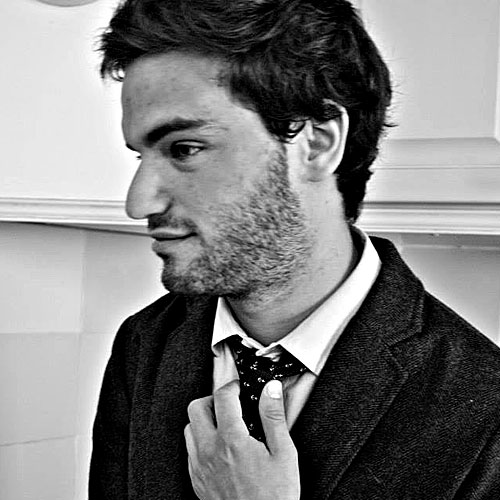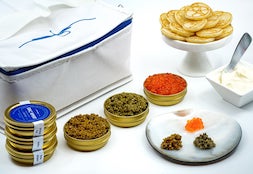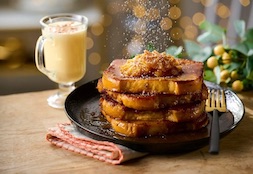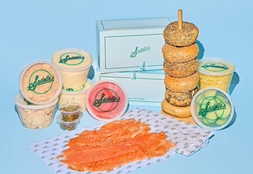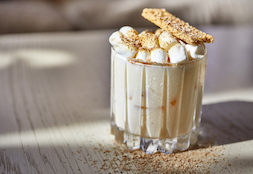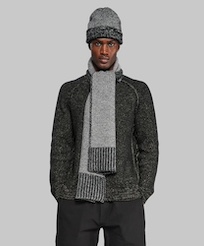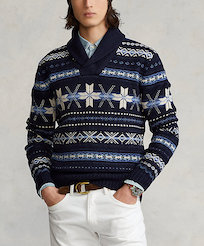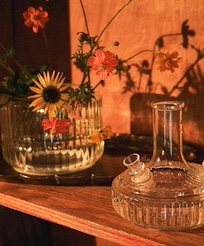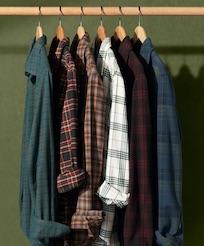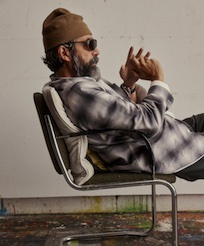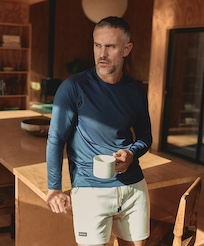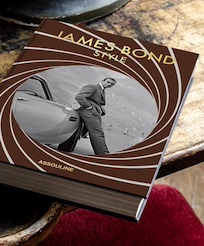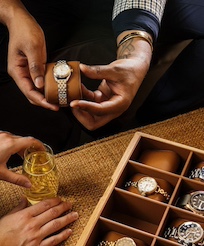Take even a precursory glance at Salomon DuBois’s Instagram page, and one thing becomes immediately clear: This guy’s got it going on.
Frequently outfitted in dapper plaid suit jackets or oversized trench coats, and almost always sporting a stately fedora, DuBois (né Thiombiano) is an envy-inducing fashion icon—the kind of guy other guys gawk at and wonder, with a mixture of frustration and admiration, how they, too, might one day get to be this damn cool.
“I always wanted to present my best self to the world,” DuBois says. Born in the West African country of Burkina Faso, before moving to Paris, he notes that his interest in clothing, particularly formalwear, began in earnest around the age of 10.
“I had very little money, so I would buy second-hand clothes, and my sweet aunt would tailor them for me with her old sewing machine, or at times just a needle and thread,” he recalls. “With her help, I would bring back to life the clothes I purchased from the thrift stores.”
Soon enough, he was styling not only himself, but his friends. In the years since, he’s lived in every major fashion capital, and has become a bona fide menswear stylist and creative director, designing looks that have graced the covers of GQ, Vogue, Esquire The New York Times and more. Next spring, he’ll play sartorial coach to contestants on Fashion Hero, an America’s Next Top Model-esque TV series for Amazon that aims to help real people break into the industry.
Given his forward-thinking approach to all things fashion—plus the fact that his Instagram basically doubles as a menswear vision board—we caught up with DuBois to discuss his personal aesthetic, the most stylish man alive and the future of fashion.
We also discussed his penchant for fedoras. Because fedoras are important.
How would you define your personal style? How has it evolved over the years?
My personal style is a blend of multiple cultures that I have been immersed in or enamored by. It revolves around classic French and Italian suiting with a British flair. For the most part, I have worn tailored suits and dress shirts. I experimented with different fabrics, patterns and color palettes over time. I also recently added oversized trousers and coats to my wardrobe. This was not an evolution, but rather an expansion of my choices and a way to bring in a new element of beauty. I’ve found that I like a blend of fabrics instead of having one favorite. In terms of color palette choices, I’m a big fan of warm colors year-round. I love the type of excitement and emotion that bright colors can evoke.
Luckily, my work brings me to London, Florence, Milan and Tokyo quite frequently. In these cities, all sorts of styles are flocking down the streets, from avant-garde Italian and British style to hip-hop-influenced ensembles. Being there helps me observe what other people are wearing in real life. Designers and consumers are all influenced by what real people are wearing on the streets.

It seems like hats are kind of your thing. What appeals to you about them? Do you have a favorite? And how would you recommend a normal dude go about pulling one off?
I started to lose my hair at a very young age. As a kid, I would try all sorts of crazy hairstyles—let’s say on a Monday I have an afro, the next day you would see me with some corn rows. I think the torment I put my hair through led to me losing my hair at 22-years-old, so I decided to wear my hair short. Wearing hats helped me add depth to my style, because I just love to accessorize.
My favorite hat right now is the River Gray from Goorin Bros. Pulling off a hat is easy, you just need to know which hat shape works best for your face—e.g., if you have a round face, asymmetrical hat shapes are for you. If you have a diamond-shaped face, I would recommend sticking with wide-brim hats.
Say a modern gentleman is building a new wardrobe from scratch. What’s the first thing he should buy and why?
Definitely shoes. A pair of Magnanni shoes—those were my first nice pair. A pair of clean, comfortable and well-polished shoes makes an important statement that a gentleman cares about his appearance.
What are some trends you’re noticing menswear right now? And how closely do you pay attention or adhere to quote-unquote “trends”?
I don’t pay much attention to trends, just because they are flighty and come and go. That said, one of the new things I’ve seen out there that I like are overcoats with generous proportions, as well as vinyl coats.
To tell you the truth, I find that a lot of things I wear end up becoming popular, because most of the looks I put together end up on the front page of The New York Times, Getty Images, E! News, GQ, Vogue Italia and more.
Are there any looks that, for you, will never go out of style? Is there an era of menswear that, in your opinion, is timeless?
A nice suit with wide, peaked lapels will never go out of style, because it’s a statement piece for menswear. The Roaring ‘20s was one heck of a decade. This was the time when men really stepped it up in fashion. The era was synonymous with men’s vests, pocket squares, shawl collar sweaters, white collared shirts, and a variety of hat styles, such as the top hat, newsboy caps, the boater and my favorite—the fedora.

What are some brands fashion-forward men should be looking out for nowadays?
COS Stores, because they bring new styles every few weeks and they have such a wide range of options available. Most of their collections are a great example of modern minimalism that’s full of elegance.
What do you think the future of menswear looks like? Where are we heading in terms of style, fit, etc.?
The future of menswear is going to be ‘80s fashion making a comeback. When I was at the Milan fashion week, a lot of the designers’ collections were inspired by ‘80s fashion, in terms of proportions (generous), neon colors and artsy prints.

This is kind of a grandiose question, and in some ways an entirely different conversation, but I think its relevant here: how, if at all, has Instagram changed fashion—both in terms of the way the cognoscenti determines what’s fashionable next and how certain styles permeate the culture? Do some styles—similar to some landscapes—inherently work better on Instagram?
In some ways, Instagram has changed fashion for the better. Information travels faster than before. In a single click, you get to know what this or that person is wearing and what’s trending during fashion week. Instagram has essentially taken the power away from the agency and magazines, and given it back to the talents.
Yes, some styles work better on Instagram, because of the way it is photographed. I always try to use the landscapes/locations to compliment my photographs; it helps narrate the story I want to portray. But then again, I am not just photographing some style for Instagram solely—I actually wear those clothes to events, casual walks in the city, meetings…
Who inspires you, sartorially?
Pitti Uomo, which is commonly referred to as the “Menswear Mecca.” It’s a bi-annual fair that takes place in Florence right after the London Fashion week. I have been attending Pitti for 3 years now, and every edition feels like a new experience. Most attendees are buyers from all over the world: China, Japan, Paris, Portugal, London, NYC…Everyone tends to dress the best they can to represent his culture, his city.
Who is the most stylish man alive right now (other than you, of course)?
Donald Glover is the most stylish man on my radar. He has broken a lot of boundaries in menswear fashion with his choice of wide lapels, pops of orange and yellow and the loosely flowing suit trousers (appealingly puddle-hemmed) found in his ensembles.
This article was lightly edited and condensed for clarity; it originally ran on Culture Drivers, which is sponsored by Infiniti.

